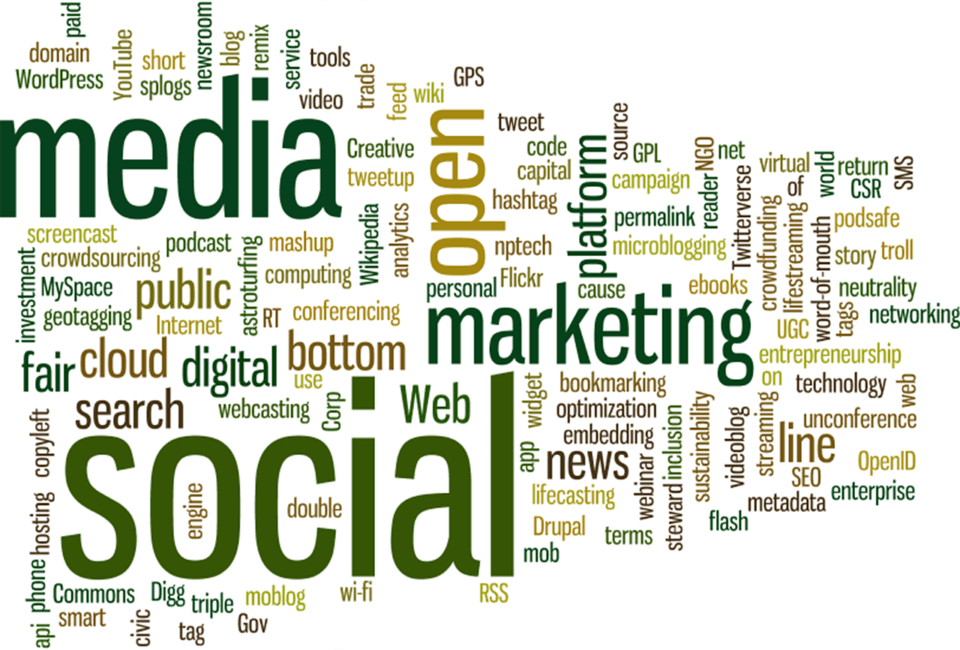5. Multilingual Content
AGC systems can generate content in multiple languages, expanding a business’s reach to a global audience. This capability is particularly valuable for international companies looking to engage with diverse customer bases.
6. Personalization
AGC can analyze user data and preferences to tailor content to individual users. This personalization can enhance user engagement and drive conversions by delivering content that resonates with each user’s interests and needs.
7. Data-Driven Insights
AGC platforms can provide valuable insights by analyzing user interactions with generated content. This data can help businesses refine their content strategies and make data-driven decisions to improve engagement and conversion rates.
8. Reduced Workload
Content creators and marketers can focus on higher-level tasks, such as strategy development and creative brainstorming, as AGC handles routine content generation. This can lead to increased job satisfaction and more strategic use of human resources.
9. Continuous Availability
AGC systems can generate content 24/7, ensuring that businesses can maintain an active online presence and engage with their audience at all times. This continuous availability is particularly beneficial for global brands with customers in different time zones.
10. Quality Control
While AGC systems can generate content, human oversight is essential to ensure quality and accuracy. Businesses can set guidelines and review generated content to make necessary adjustments, maintaining control over the final output.
Challenges and Considerations
While AGC offers significant advantages, it is not without its challenges and considerations. Some of the key issues to keep in mind when using AGC include:
1. Quality Assurance
AGC systems may not always produce content that meets the highest quality standards. Human oversight and editing are necessary to ensure accuracy, relevance, and coherence.
2. Originality and Plagiarism
AGC systems may inadvertently generate content that resembles existing material, potentially leading to issues with plagiarism. It’s crucial to run generated content through plagiarism detection tools to avoid legal and ethical problems.
3. Ethical Concerns
The use of AGC raises ethical questions, particularly when it comes to transparency. It’s essential to disclose when content is generated by AI to maintain trust with the audience.
4. Limited Creativity
While AGC can mimic human creativity to some extent, it may struggle with truly creative and innovative content. Businesses must strike a balance between automated and human-generated content to maintain a unique and creative brand voice.
5. Training and Customization
AGC systems require initial training and customization to align with a business’s specific needs and style. This can be time-consuming and may require ongoing adjustments.
Auto Generated Content (AGC) is a groundbreaking technology that leverages AI and machine learning to automate content creation. It offers numerous advantages, including scalability, cost-efficiency, consistency, and personalization. AGC has the potential to revolutionize content marketing and help businesses meet the ever-increasing demand for high-quality content in the digital age.
However, it’s essential to approach AGC with a balanced perspective, acknowledging its limitations and ethical considerations. Human oversight and quality control remain crucial to ensure that generated content aligns with a brand’s voice and maintains the trust of its audience. As AGC technology continues to evolve, businesses that leverage it effectively will have a competitive edge in the digital landscape, delivering content that engages, informs, and converts.

